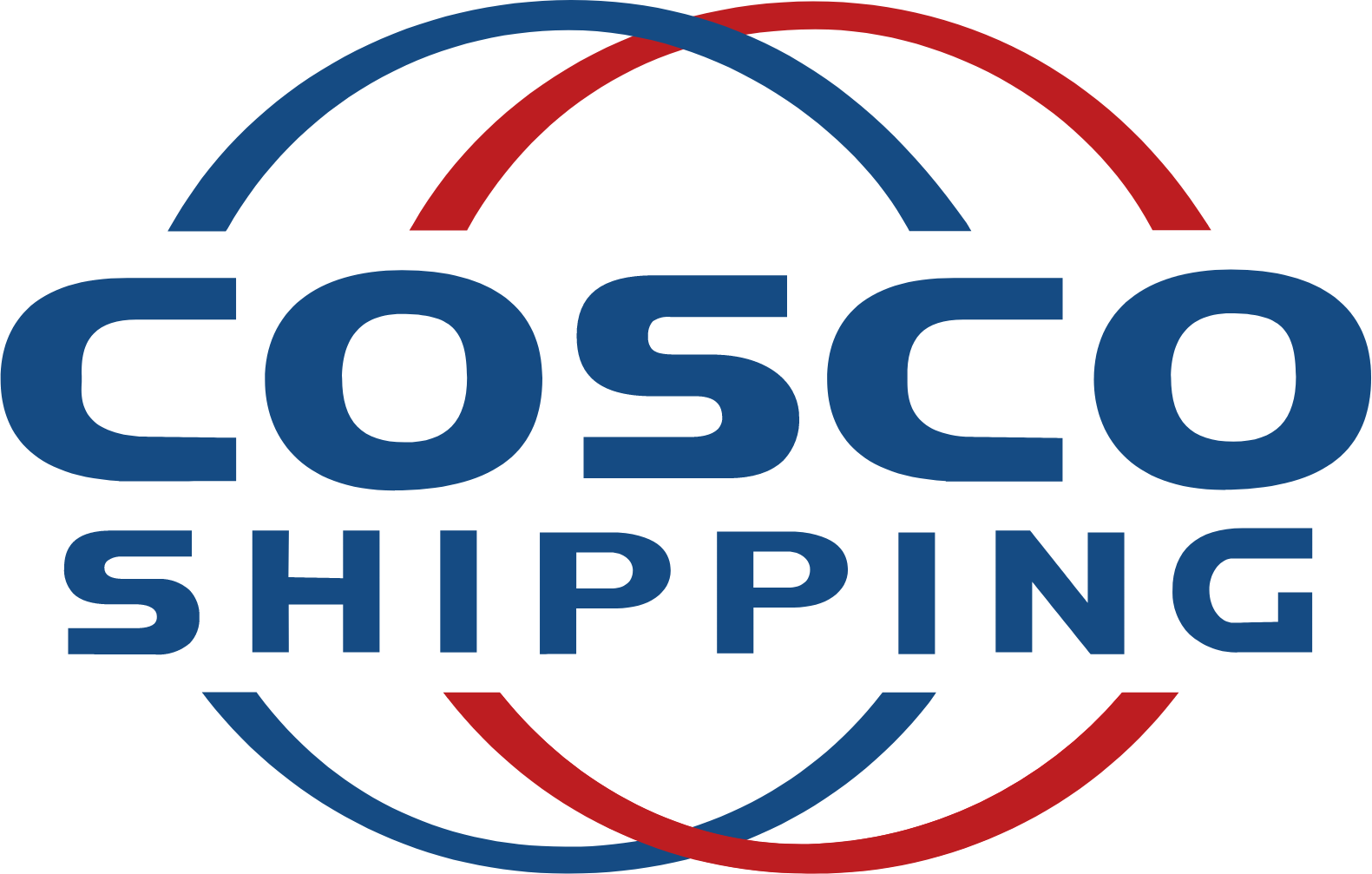COSCO SHIP HOLD(01919)
Search documents
中远海控(601919) - 中远海控H股公告:翌日披露报表


2025-11-20 10:15
第 1 頁 共 8 頁 v 1.3.0 FF305 翌日披露報表 (股份發行人 ── 已發行股份或庫存股份變動、股份購回及/或在場内出售庫存股份) 表格類別: 股票 狀態: 新提交 公司名稱: 中遠海運控股股份有限公司 呈交日期: 2025年11月20日 如上市發行人的已發行股份或庫存股份出現變動而須根據《香港聯合交易所有限公司(「香港聯交所」)證券上市規則》(「《主板上市規則》」)第13.25A條 / 《香港聯合交易所有限公司GEM證券 上市規則》(「《GEM上市規則》」)第17.27A條作出披露,必須填妥第一章節 。 | 第一章節 | | | | | | | | | --- | --- | --- | --- | --- | --- | --- | --- | | 1. 股份分類 | 普通股 | 股份類別 | H | | 於香港聯交所上市 | 是 | | | 證券代號 (如上市) | 01919 | 說明 | | | | | | | A. 已發行股份或庫存股份變動 | | | | | | | | | | | | 已發行股份(不包括庫存股份)變動 | | 庫存股份變動 | | | | | 事件 | 已發行股 ...
中远海控(01919)11月20日斥资4133.89万港元回购300万股


智通财经网· 2025-11-20 09:58
智通财经APP讯,中远海控(01919)发布公告,该公司于2025年11月20日斥资4133.89万港元回购300万股 股份,每股回购价格为13.66-13.93港元。 ...
中远海控11月20日斥资4133.89万港元回购300万股


Zhi Tong Cai Jing· 2025-11-20 09:56
中远海控(601919)(01919)发布公告,该公司于2025年11月20日斥资4133.89万港元回购300万股股份, 每股回购价格为13.66-13.93港元。 ...
港股央企红利ETF(513910)跌0.24%,成交额3.06亿元
Xin Lang Cai Jing· 2025-11-20 09:56
Core Points - The Huaxia CSI Hong Kong Stock Connect Central State-Owned Enterprises Dividend ETF (513910) closed down 0.24% on November 20, with a trading volume of 306 million yuan [1] - The fund was established on February 7, 2024, with an annual management fee of 0.50% and a custody fee of 0.10% [1] - As of November 19, 2024, the fund's latest share count was 2.775 billion shares, with a total size of 4.617 billion yuan, reflecting a 109.73% increase in shares and a 163.55% increase in size year-to-date [1] Fund Performance - The current fund manager, Lu Yayun, has managed the fund since its inception, achieving a return of 69.32% during the management period [2] - The fund's top holdings include COSCO Shipping Holdings, China Nonferrous Mining, China Ocean Shipping, Orient Overseas International, CITIC Bank, China Petroleum, China Shenhua Energy, People's Insurance Company of China, CNOOC, and Agricultural Bank of China, with respective holding percentages [2]
中远海控(01919.HK)11月20日耗资4133.9万港元回购300万股


Ge Long Hui· 2025-11-20 09:53
格隆汇11月20日丨中远海控(01919.HK)公告,11月20日耗资4133.9万港元回购300万股。 ...
中远海控(01919) - 翌日披露报表


2025-11-20 09:48
表格類別: 股票 狀態: 新提交 翌日披露報表 (股份發行人 ── 已發行股份或庫存股份變動、股份購回及/或在場内出售庫存股份) 公司名稱: 中遠海運控股股份有限公司 FF305 呈交日期: 2025年11月20日 如上市發行人的已發行股份或庫存股份出現變動而須根據《香港聯合交易所有限公司(「香港聯交所」)證券上市規則》(「《主板上市規則》」)第13.25A條 / 《香港聯合交易所有限公司GEM證券 上市規則》(「《GEM上市規則》」)第17.27A條作出披露,必須填妥第一章節 。 | 第一章節 | | | | | | | | | --- | --- | --- | --- | --- | --- | --- | --- | | 1. 股份分類 | 普通股 | 股份類別 | H | | 於香港聯交所上市 | 是 | | | 證券代號 (如上市) | 01919 | 說明 | | | | | | | A. 已發行股份或庫存股份變動 | | | | | | | | | | | | 已發行股份(不包括庫存股份)變動 | | 庫存股份變動 | | | | | 事件 | 已發行股份(不包括庫存股份)數 目 | 佔有關事 ...
中远海控(01919.HK)连续14日回购,累计斥资5.19亿港元
Zheng Quan Shi Bao Wang· 2025-11-19 15:13
| 日期 | 回购股数(万股) | 回购最高价(港元) | 回购最低价(港元) | 回购金额(万港元) | | --- | --- | --- | --- | --- | | 2025.11.19 | 300.00 | 13.980 | 13.720 | 4160.84 | | 2025.11.18 | 300.00 | 13.890 | 13.610 | 4104.67 | | 2025.11.17 | 300.00 | 14.190 | 13.790 | 4161.50 | | 2025.11.14 | 300.00 | 14.310 | 14.110 | 4258.27 | | 2025.11.13 | 300.00 | 14.400 | 14.230 | 4295.02 | | 2025.11.12 | 300.00 | 14.430 | 14.260 | 4313.82 | | 2025.11.11 | 300.00 | 14.390 | 14.110 | 4254.13 | | 2025.11.10 | 300.00 | 14.350 | 14.100 | 4256.26 | | 2025.11. ...
中远海控(601919) - 中远海控H股公告:翌日披露报表


2025-11-19 09:45
FF305 翌日披露報表 (股份發行人 ── 已發行股份或庫存股份變動、股份購回及/或在場内出售庫存股份) 表格類別: 股票 狀態: 新提交 公司名稱: 中遠海運控股股份有限公司 呈交日期: 2025年11月19日 如上市發行人的已發行股份或庫存股份出現變動而須根據《香港聯合交易所有限公司(「香港聯交所」)證券上市規則》(「《主板上市規則》」)第13.25A條 / 《香港聯合交易所有限公司GEM證券 上市規則》(「《GEM上市規則》」)第17.27A條作出披露,必須填妥第一章節 。 | 第一章節 | | | | | | | | | --- | --- | --- | --- | --- | --- | --- | --- | | 1. 股份分類 | 普通股 | 股份類別 | H | | 於香港聯交所上市 | 是 | | | 證券代號 (如上市) | 01919 | 說明 | | | | | | | A. 已發行股份或庫存股份變動 | | | | | | | | | | | | 已發行股份(不包括庫存股份)變動 | | 庫存股份變動 | | | | | 事件 | 已發行股份(不包括庫存股份)數 目 | 佔有關事 ...
港股央企红利ETF(159333)涨0.47%,成交额1638.17万元





Xin Lang Cai Jing· 2025-11-19 09:30
Core Viewpoint - The Wanjiac ZHONGZHENG Hong Kong Stock Connect Central State-Owned Enterprises Dividend ETF (159333) has shown a slight increase in its closing price and has experienced a decrease in both share count and total assets year-to-date [1][2]. Group 1: Fund Performance - As of November 19, 2024, the ETF closed up by 0.47% with a trading volume of 16.38 million yuan [1]. - The fund's management fee is 0.50% annually, and the custody fee is 0.10% annually [1]. - The ETF's performance benchmark is the ZHONGZHENG Hong Kong Stock Connect Central State-Owned Enterprises Dividend Index return (adjusted for valuation exchange rate) [1]. Group 2: Fund Size and Liquidity - As of November 18, 2024, the ETF has 328 million shares outstanding and a total size of 485 million yuan [1]. - Compared to December 31, 2024, the ETF's shares have decreased by 23.90% and its total size has decreased by 5.48% year-to-date [1]. - Over the last 20 trading days, the ETF has accumulated a trading volume of 441 million yuan, with an average daily trading volume of 22.07 million yuan [1]. - Year-to-date, the ETF has recorded a total trading volume of 8.108 billion yuan, with an average daily trading volume of 38.06 million yuan [1]. Group 3: Fund Management and Holdings - The current fund manager is Yang Kun, who has managed the ETF since August 21, 2024, achieving a return of 52.34% during his tenure [2]. - The ETF's top holdings include COSCO Shipping Holdings, China Nonferrous Mining, China Ocean Shipping, Orient Overseas International, CITIC Bank, China Petroleum, China Shenhua Energy, People's Insurance Group of China, CNOOC, and Agricultural Bank of China, with respective holding percentages [2].
中远海控(01919.HK)11月19日耗资4160.84万港元回购300万股


Ge Long Hui· 2025-11-19 09:28
相关事件 中远海控(01919.HK)11月19日耗资4160.84万港元回购300万股 中远海控(01919.HK)11月18日耗资4104.7 万港元回购300万股 格隆汇11月19日丨中远海控(01919.HK)发布公告,2025年11月19日耗资4160.84万港元回购300万股,回 购价格每股13.72-13.98港元。 ...